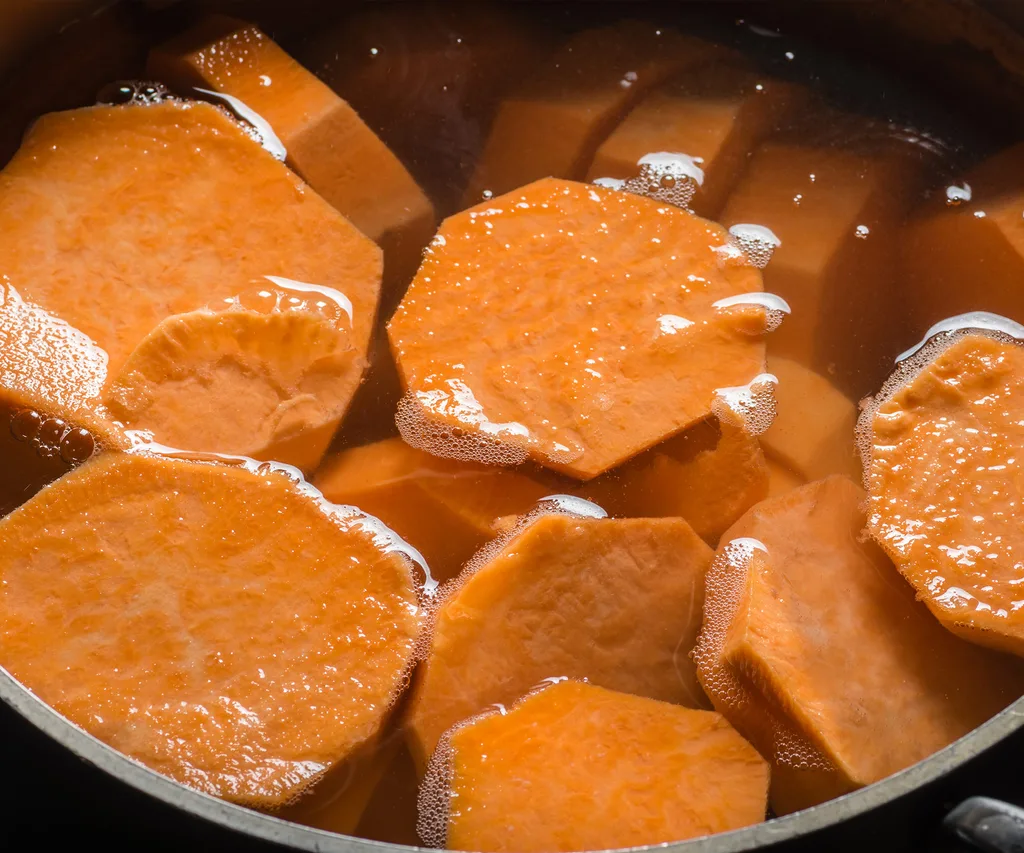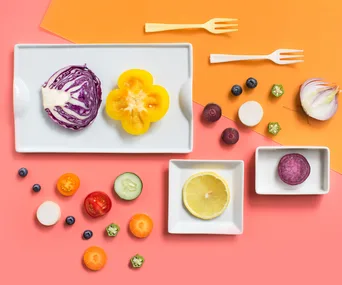Healthy eating can be a tough gig at times, and there always seems to be a new craze kicking off.
One key phrase that’s been popping up over the years is low GI, but what does that really mean? And why is it talked about so much? We chatted to accredited practicing dietitian and SunRice Health and Wellness Ambassador Lyndi Cohen to get the lowdown on those two little letters and how they can impact your health and weight loss.
What does low GI mean?
The Glycemic Index (GI) is a ranking of how quickly foods with carbohydrates are absorbed by the body and how they affect your blood sugar levels.
“Eating high GI foods (think lollies, soft drink, white pasta) can cause a spike in you blood sugar after you eat. Big spikes in your blood sugar levels tend to give you only short-lived energy leaving you feeling lethargic and possibly hungry soon after eating. Foods with a lower GI (wholegrains, fruit, dairy foods) can provide a more steady release of energy helping you feel your best,” says Lyndi.
Not only can you boost your energy, mood and hormones, but if you have pre-diabetes or diabetes, swapping to low GI options can also help you can manage your blood sugar levels and insulin. So if you’re scratching your head wondering where to start, here are some easy tips.
1. Swap white bread for wholegrain bread

Us too, Oprah.
Next time you’re craving some toast, ditch the white stuff and opt for wholegrain. Not only is it lower in GI than white bread, but it also contains more fibre, vitamins and minerals.
“Although it doesn’t have as much fibre or nutrients, sourdough is another lower GI option compared to white bread,” adds Lyndi.
2. Swap jasmine rice for basmati rice
It’s a great pantry staple whether you’re cooking up a curry, casserole or stir-fry.
And while brown rice is a great choice, if you prefer the taste of white rice or have fussy eaters at home, Lyndi recommends the lower GI varieties of basmati or SunRice clever rice.
Are you cooking rice the right way? Check out this easy hack.
3. Swap potato chips for nuts
That packet of chips you’re eyeing up doesn’t have any nutritional value, but if you love savoury snacks, there is something you can eat instead.
“Nuts are naturally low GI and a really convenient and healthy snack food,” says Lyndi.
“This simple swap will add in healthy fats, protein and fibre helping you feel fuller and more satisfied.”
Just don’t go for the ones smothered in salt or sugar.
Did you know eating nuts could be the answer to male infertility?
4. Swap regular potatoes for sweet potato

The humble sweet potato is a bit of a superfood.
Your average spud may be a vegetable, but if you’re on a mission to improve your health, go for sweet potatoes instead.
That bright orange colour not only looks great on a plate, but the colour in sweet potatoes means they are loaded with vitamin C which is great for your immunity and skin. Lyndi’s top tip to get the most of your sweet potato is to keep the skin on for extra fibre. Try stuffing them with some veggies and baking for a healthy and hassle-free dinner tonight.
5. Swap instant oats for traditional rolled oats
Porridge is a great breakfast to kick off your day with, but check the labels before you buy.
Instant oats are just rolled oats that are chopped up into smaller pieces to decrease cooking time, but unfortunately, faster cooking time also means higher GI.
“Realistically, if you don’t have time to make traditional rolled oats for breakfast, instant oats is still a great alternative,” says Lyndi.

